
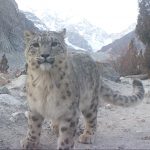
Camera Trap – Pakistan
Photo: BWCDO
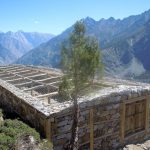
Predator-proofed corral
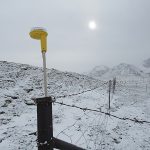
Foxlight study – China
Photo: Charlotte Hacker
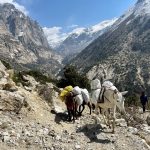
One Health Initiative – Nepal
Photo: Ashleigh Lutz-Nelson

Conservation Education – LOSL
Photo: LOSL

ICP Zhaparkul Raimbekov instructing children –
Photo: LOSL
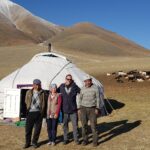
Claudio Augugliaro/Wildlife Initiative – Mongolia
Photo: Claudio Augugliaro
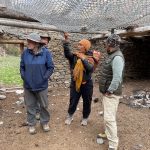
Tshiring Lhamu Lama
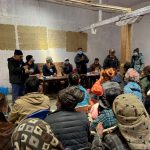
One Health Workshop – Nepal
Photo: Ashleigh Lutz-Nelson
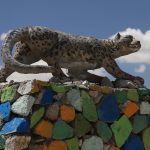
Tajikistan Snow Leopard Day Festival
Photo: Lyubov
